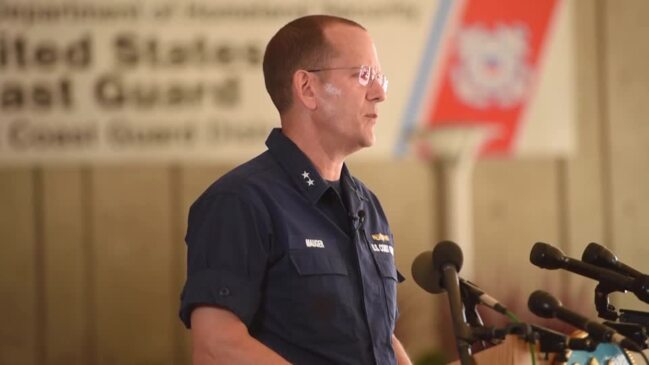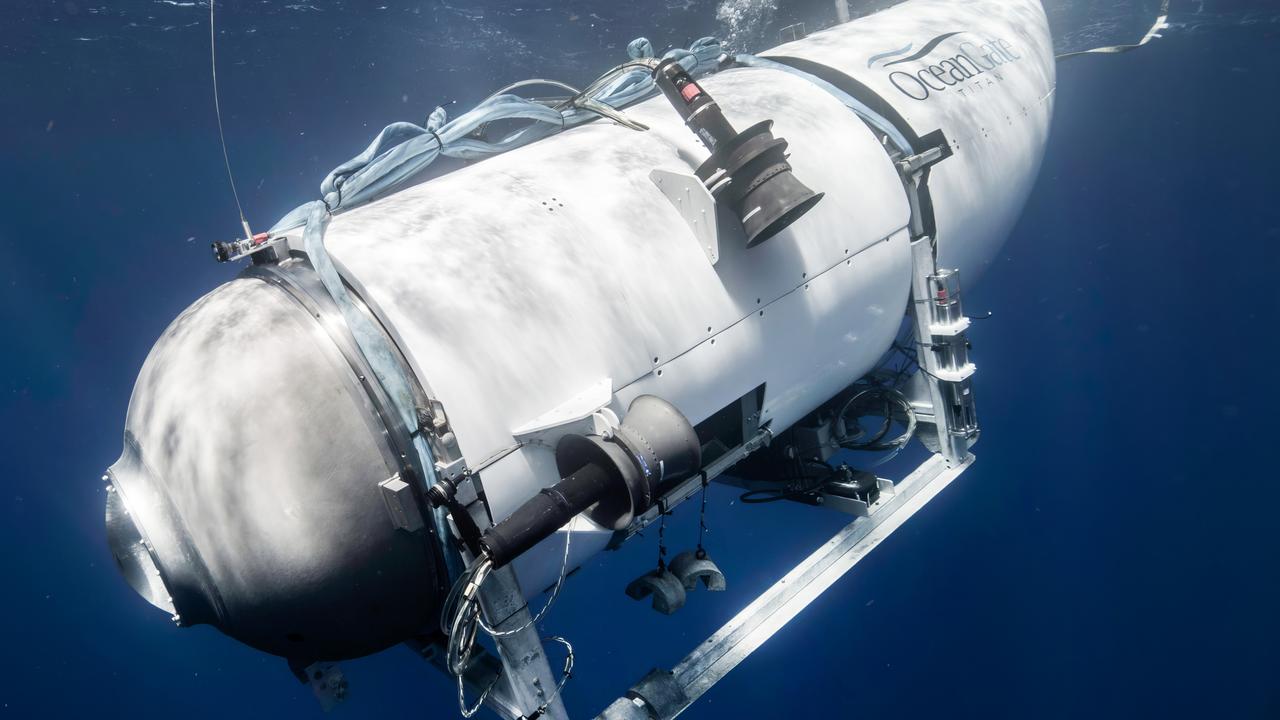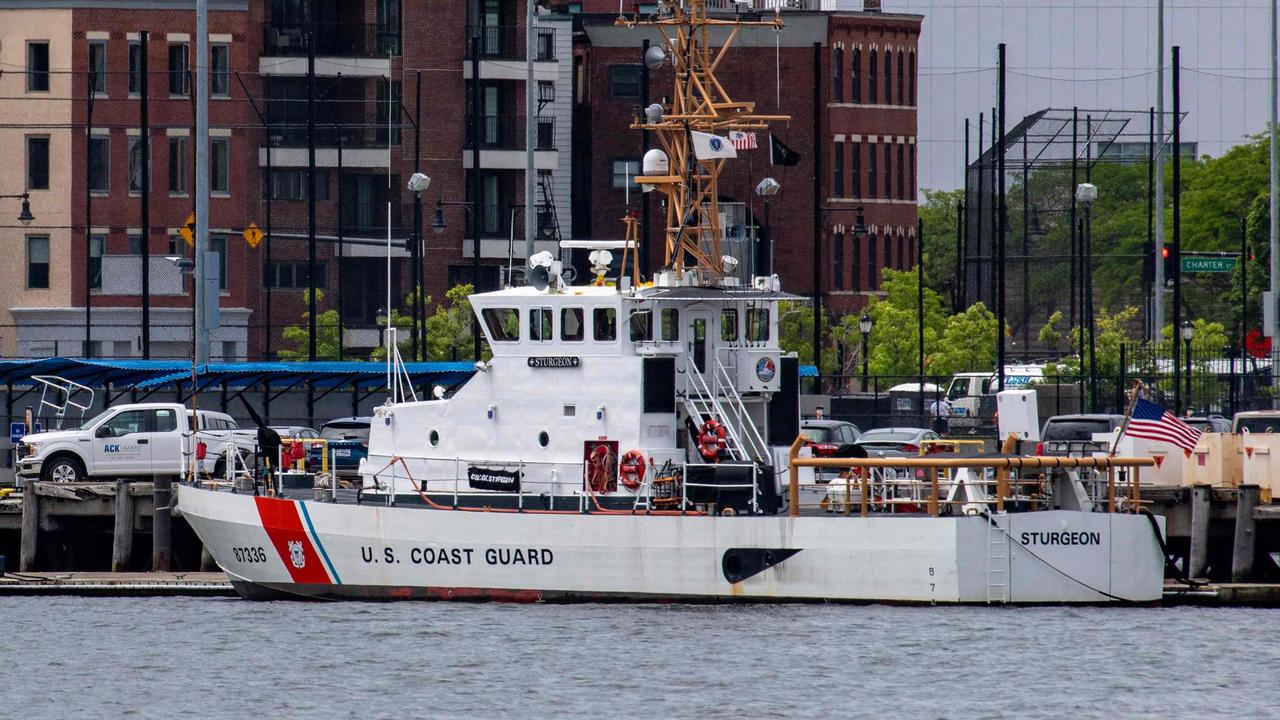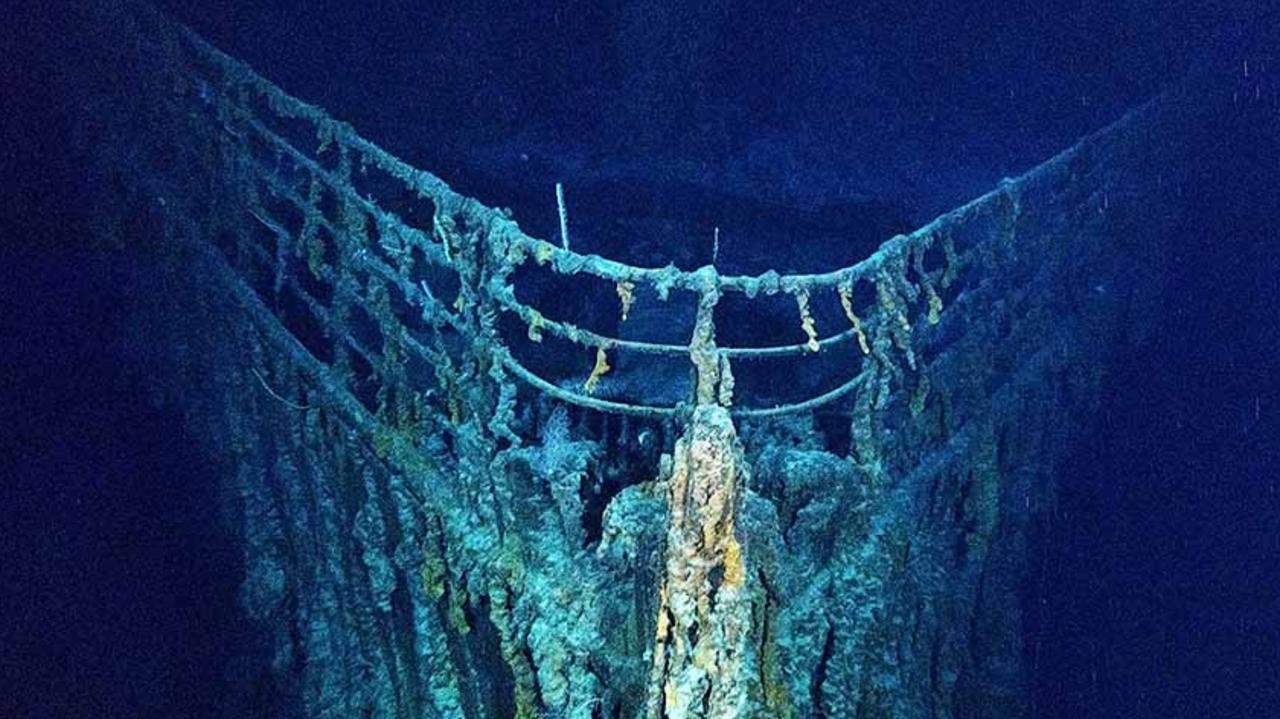Rescue of lost Titanic-bound sub could make the history books if successful
Search crews working tirelessly to find the missing submersible bound for the Titanic wreck, could make history if they manage to pull off a rescue.

The daring rescue of the Titanic-bound submersible that disappeared deep below the water off Newfoundland on Sunday morning would be the deepest recovery mission in history if crews are able to pull it off before the vessel runs out of oxygen.
Coast Guard crews announced Monday night they have just 70 to 96 hours to locate the missing OceanGate Expeditions-operated sub and rescue the five people aboard in what would be a record-breaking effort.
The search is focused on an area about 1448km off the coast of Cape Cod — at a depth of roughly 3962m, Coast Guard officials said, New York Post reports.

An expert said few crafts can reach that depth and even if they could, it’s unlikely they could attach to the submersible and tow it up to the ocean’s surface.
“If it has gone down to the seabed and can’t get back up under its own power, options are very limited,” said Alistair Greig, a professor of marine engineering at University College London.
“While the submersible might still be intact, if it is beyond the continental shelf, there are very few vessels that can get that deep, and certainly not divers.”
Authorities are working to get a remotely operated vehicle that can plunge to depths of up to 6096m to the site of the missing sub, according to an advisor to OceanGate, David Concannon.
The deepest sub rescue in history occurred at a depth of just 480m below the Celtic Sea off the coast of Ireland in 1973. The Canadian commercial submersible Pisces III had gotten trapped on the seabed and was recovered after 76 hours. Both people aboard survived as they were rescued only 12 minutes before they would have run out of oxygen, according to the BBC.

The Titanic-expedition submersible was launched from a Canadian research ship Polar Prince Sunday morning in order to make a trip to the iconic ocean liner that sank in 1912 after striking an iceberg. The research ship, however, lost communication with the sub about an hour and 45 minutes after its submerging.
The vessel — which cannot submerge and return to port on its own like a submarine — was reported missing Sunday night after it failed to return to its support ship on time.
Submersibles typically have a drop weight — “a mass they can release in the case of an emergency to bring them up to the surface using buoyancy,” according to Greig.
If the missing sub deployed its drop weight, it’d be bobbing along the surface of the ocean waiting to be found.
The submersible’s 96-hour oxygen supply has been ticking down from about 6am Sunday US time, according to Concannon, who was supposed to be on the dive himself but was unable to go due to another client matter.
The Coast Guard is leading the search and rescue mission from both the sky and ocean with the help of Canadian authorities.

“It is a remote area and it is a challenge to conduct a search in that remote area but we are deploying all available assets to make sure that we can locate the craft and rescue the people on-board,” Rear Adm. John Mauger, a commander for the US Coast Guard, said at a press conference.
The submersible is carrying five people on-board, including British businessman and billionaire adventurer Hamish Harding. OceanGate Expeditions, the private company that launched the vessel, offers private tours of the Titanic wreckage site for as much as $250,000 a head.
Sunday’s trip was OceanGate’s third annual voyage to the site of the famous underwater shipwreck to report on its deterioration over the years.
This article originally appeared on New York Post and was reproduced with permission





